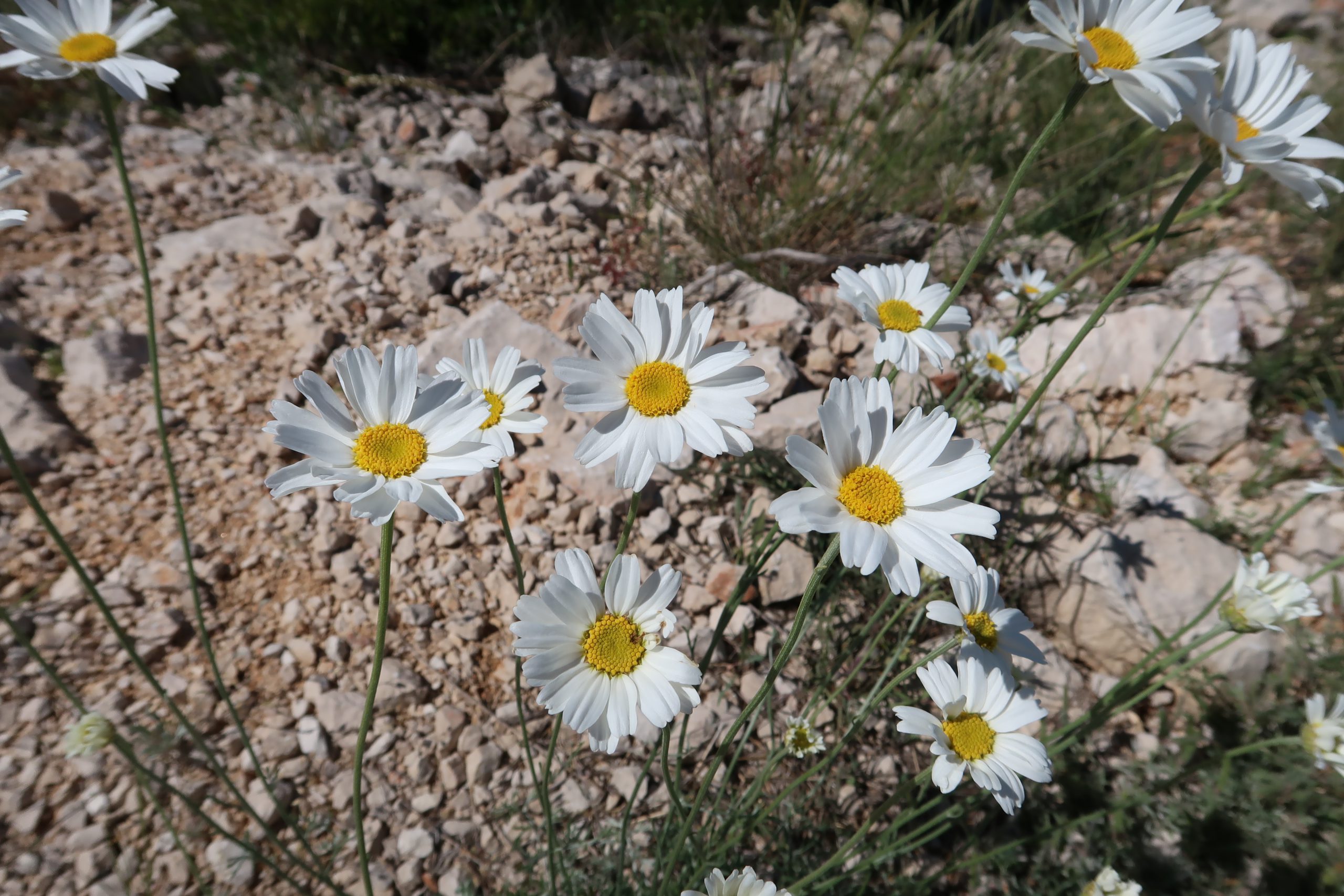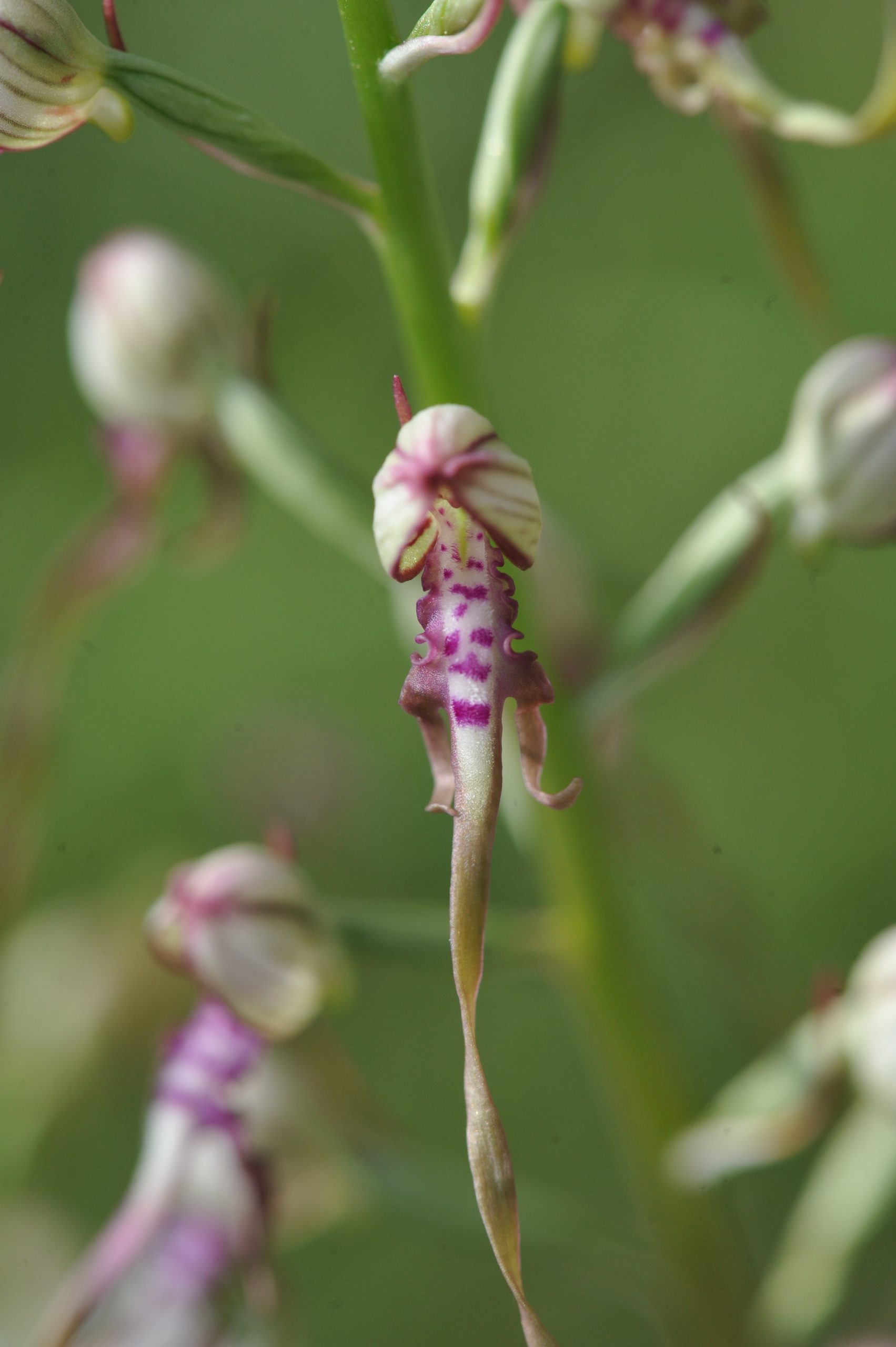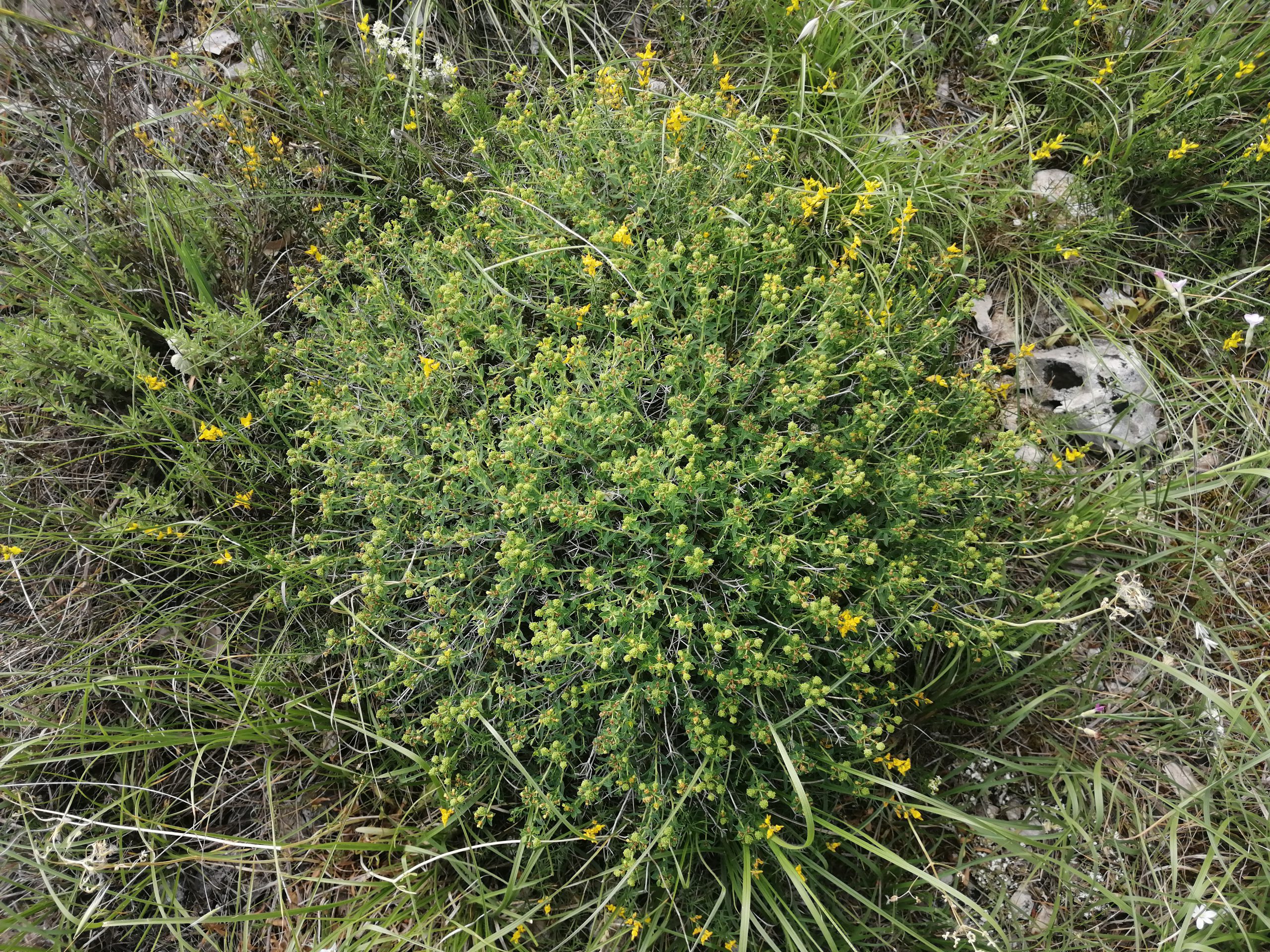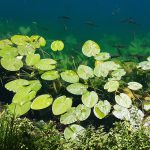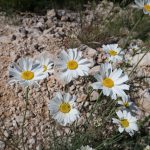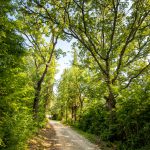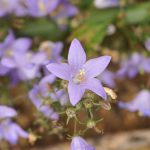Meadows
The grassland vegetation is mostly developed in the form of dry stony meadows and pastures, of the habitat type Eastern sub-Mediterranean dry grasslands (Scorzoneretalia villosae) (Natura 62A0).
Biodiversity is an important element of these habitats, because they are characterised by a large number of species, with a habitat representation of almost 35%. Among the characteristic communities, grasses (Poaceae) are most dominant, and the appearance and flora composition depends on the intensity of grazing and also the soil erosion.
The largest community is represented by pastures of koeleria and Illyrian fescue (Koelerio-Festucetum illyricae), which develops on stony karst substrates with somewhat more fine soil. Other species include thorny ciliated knapweed (Centaurea spinosociliata ssp. spinosociliata), curry plant (Helichrysum italicum), and sea holly (Eryngium amethystinum).
On more bare pasture areas, where fine soil is mostly found only in the crevices of stones, a rocky community has developed of feather grass and medicinal sage (Stipo-Salvetum officinalis), in which, in addition to these species, winter savory (Satureja montana) and spiny spurge (Euphorbia spinosa) also stand out.
Species from the strictly protected family of orchids (Orchidaceae) are also exceptionally important, among which stands out the Adriatic lizard orchid (Himantoglossum adriaticum), protected on the basis of the Bern Convention.
Rocky grasslands and pastures represent a threatened habitat due to reduced grazing and overgrowth, which directly endangers pollinating insects, as well as other animal species that reside there.
